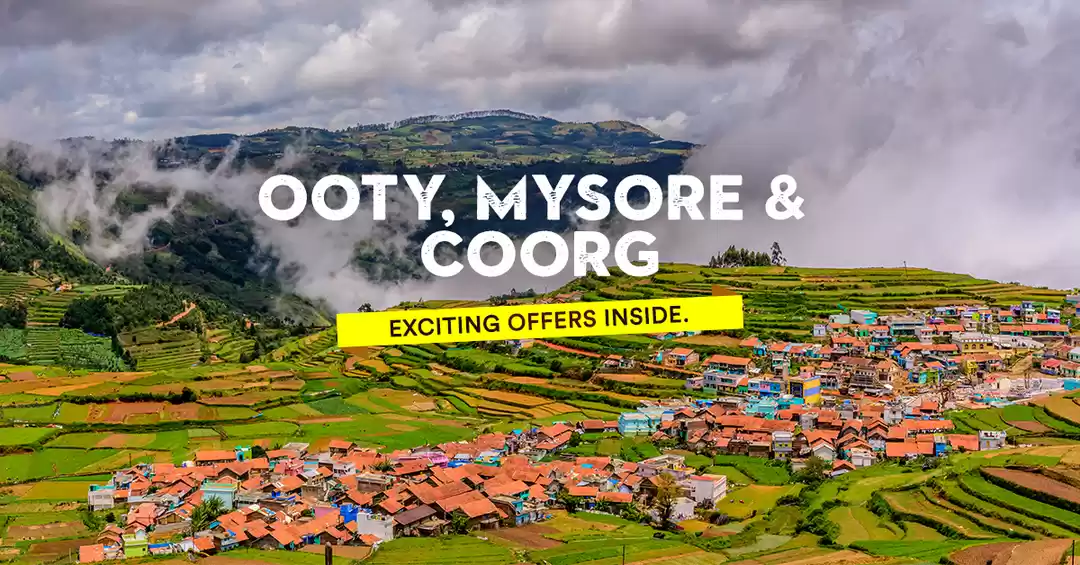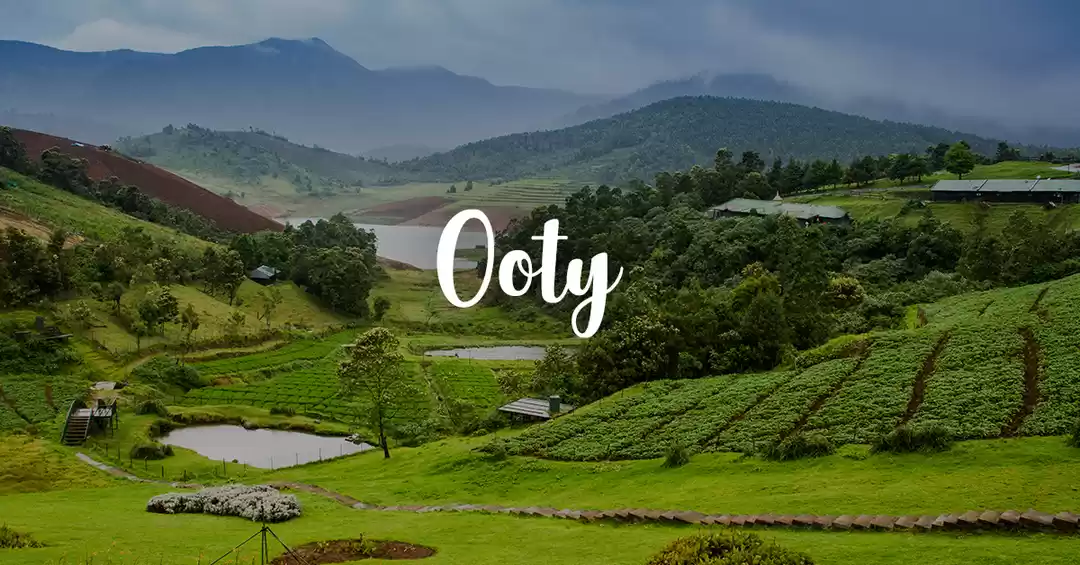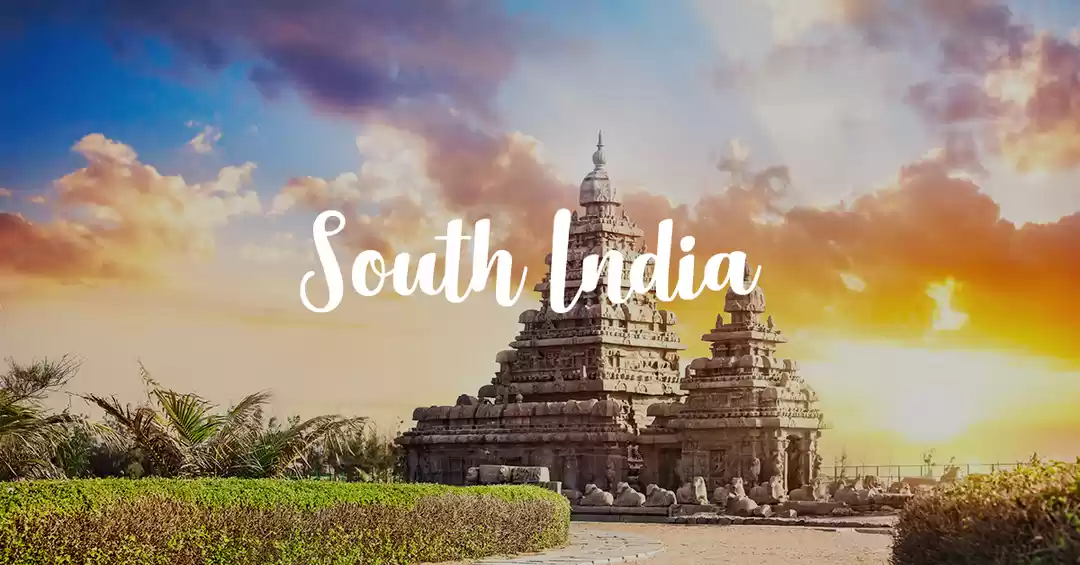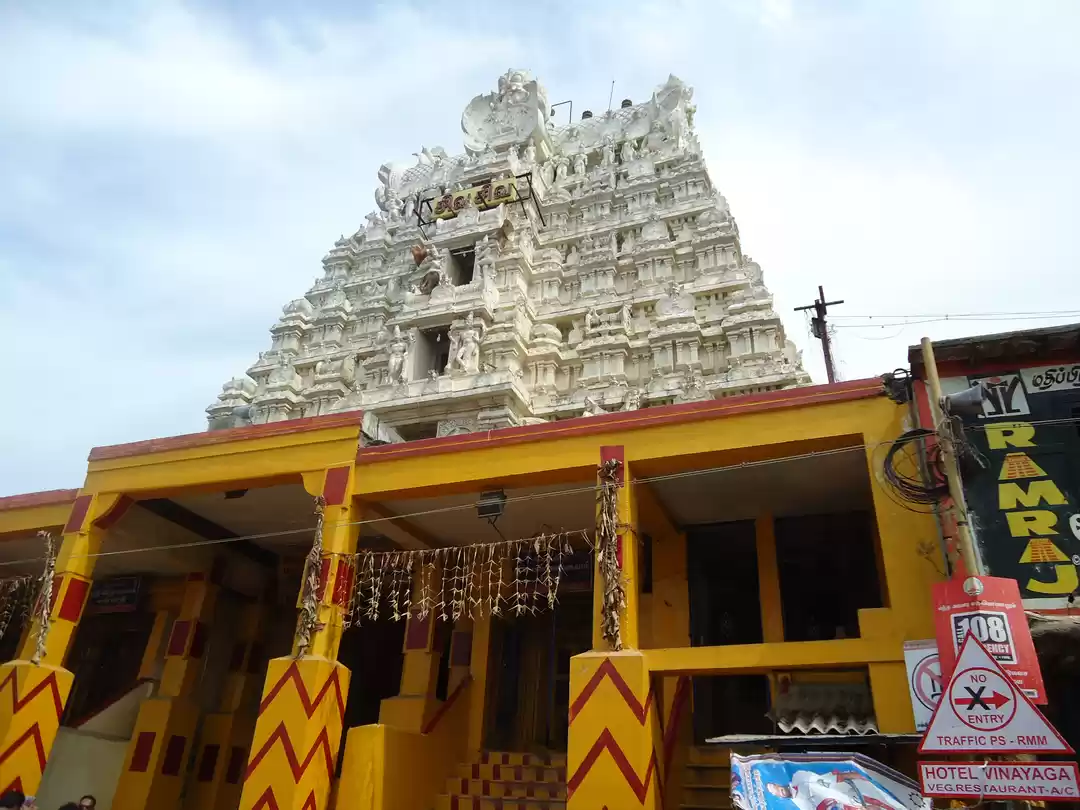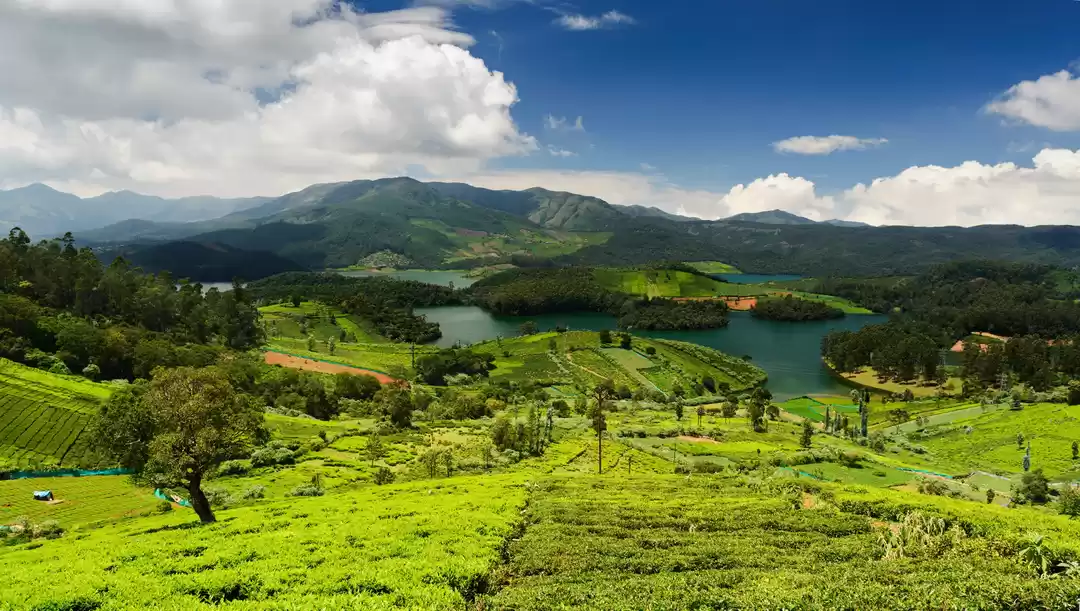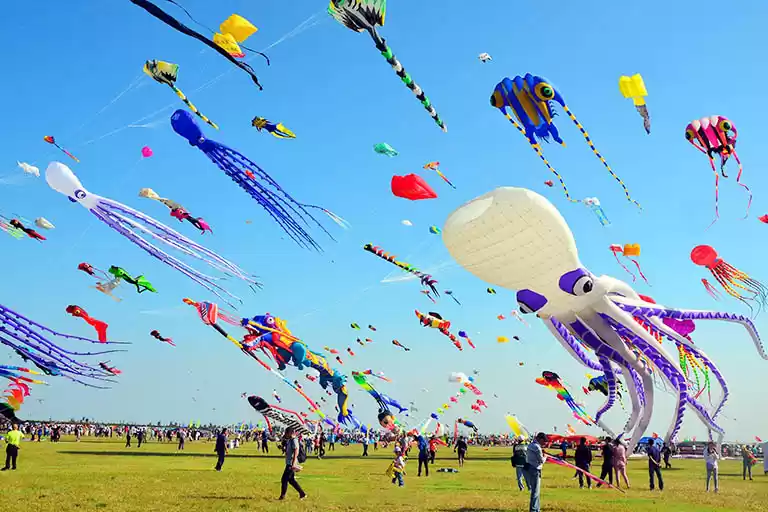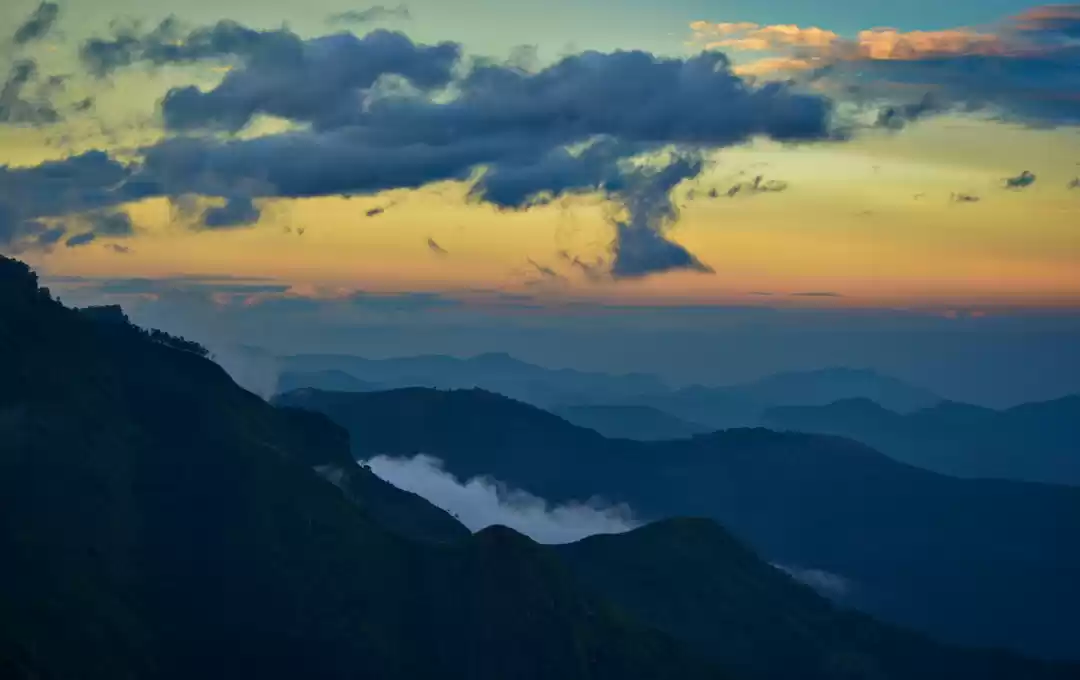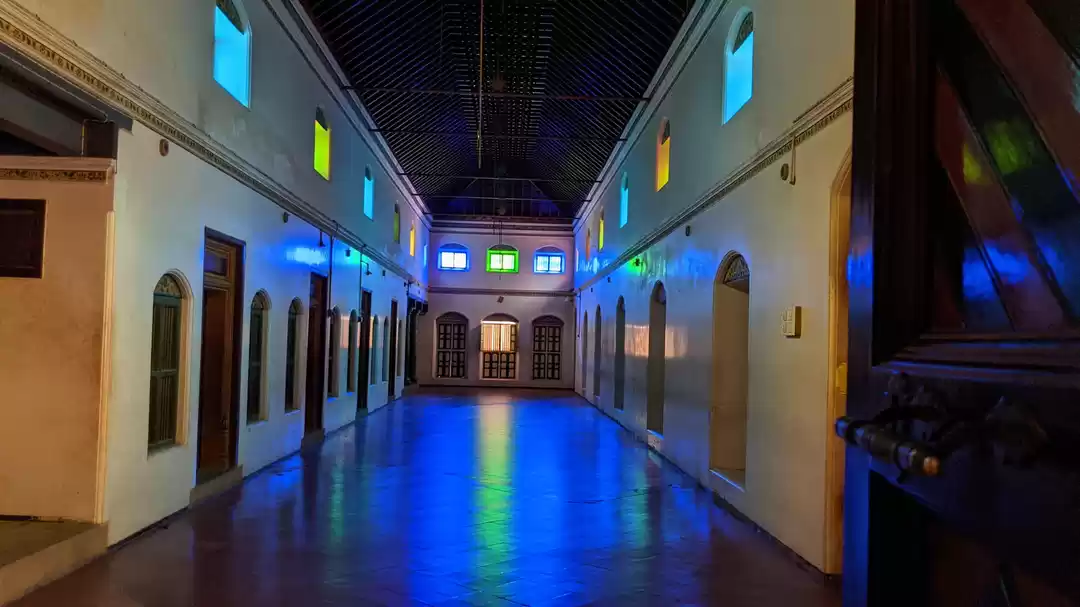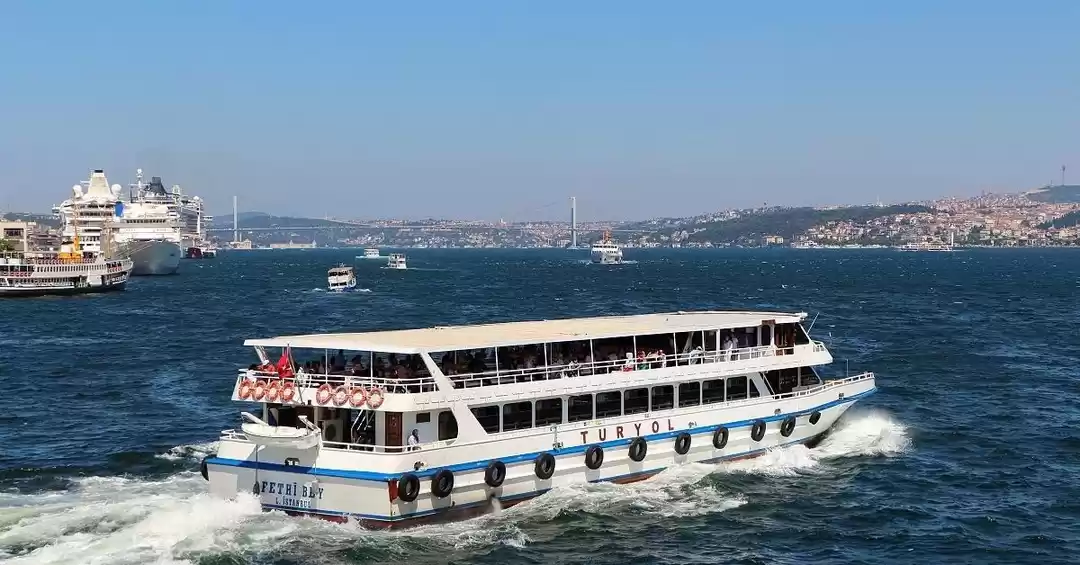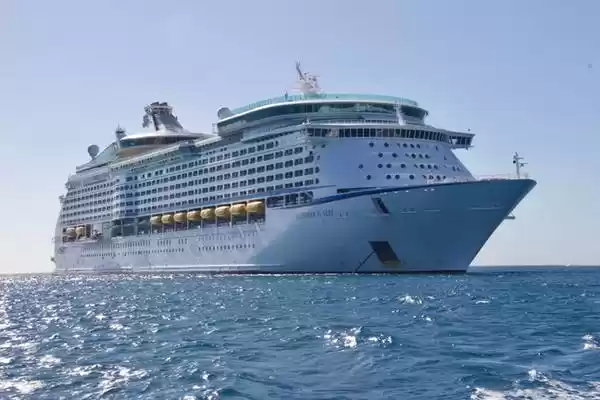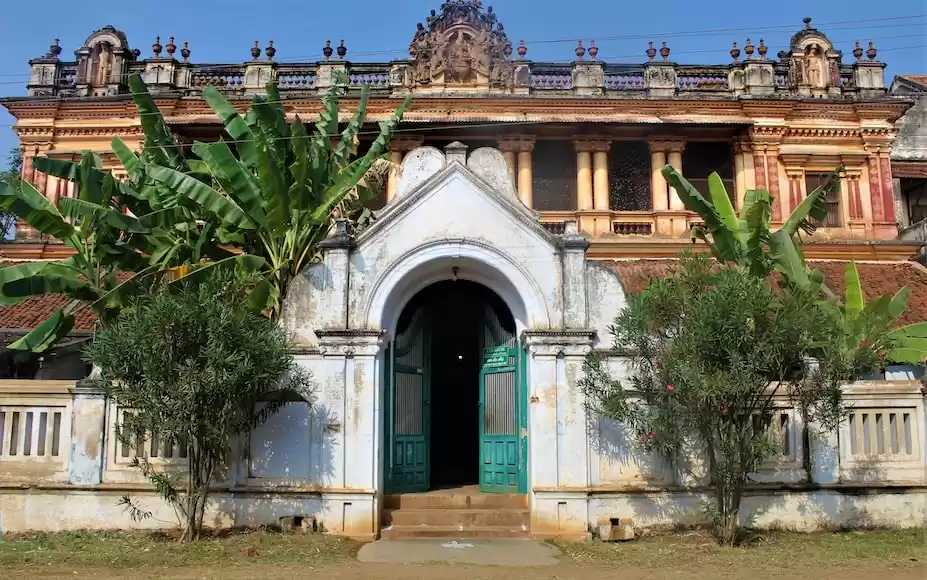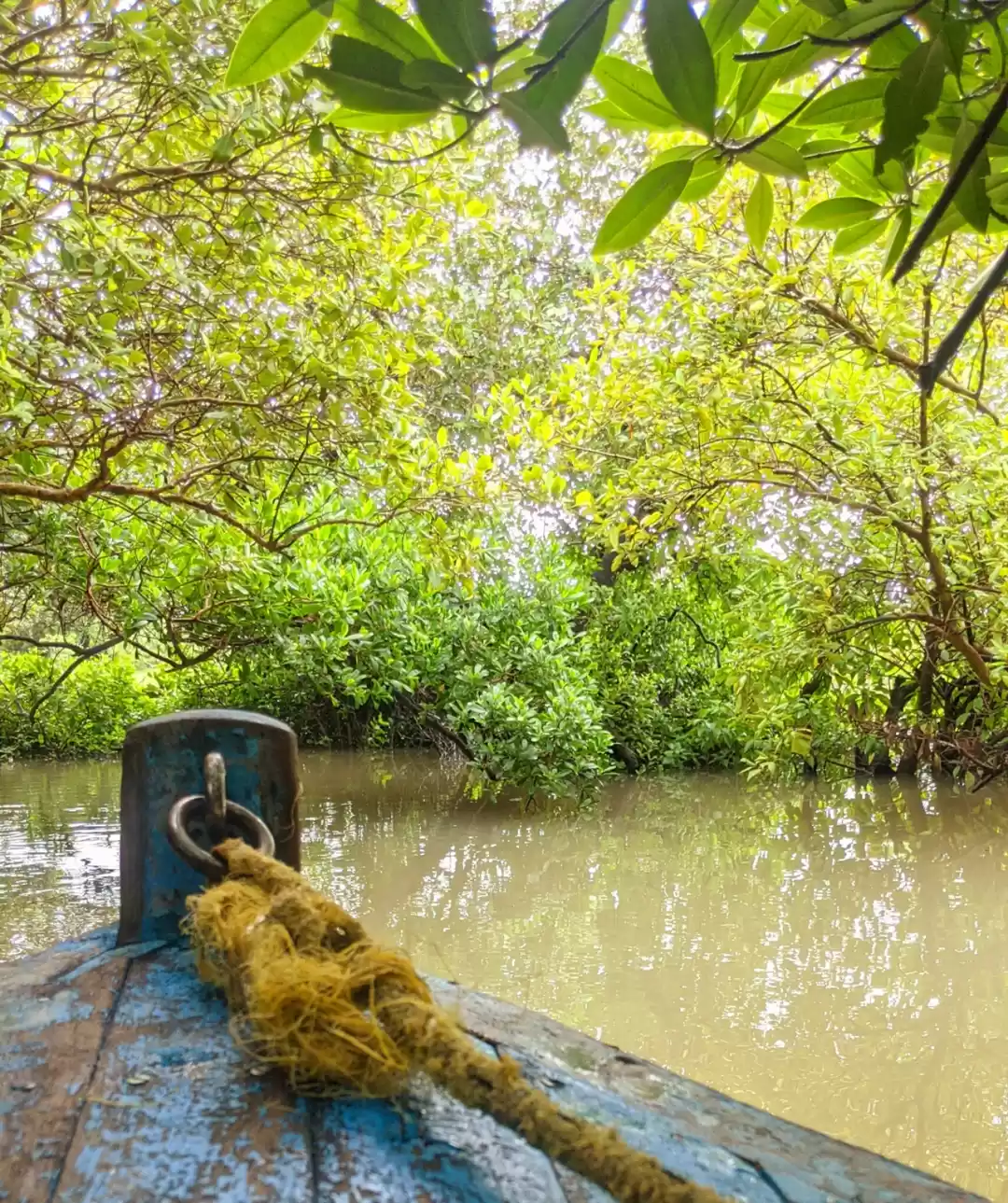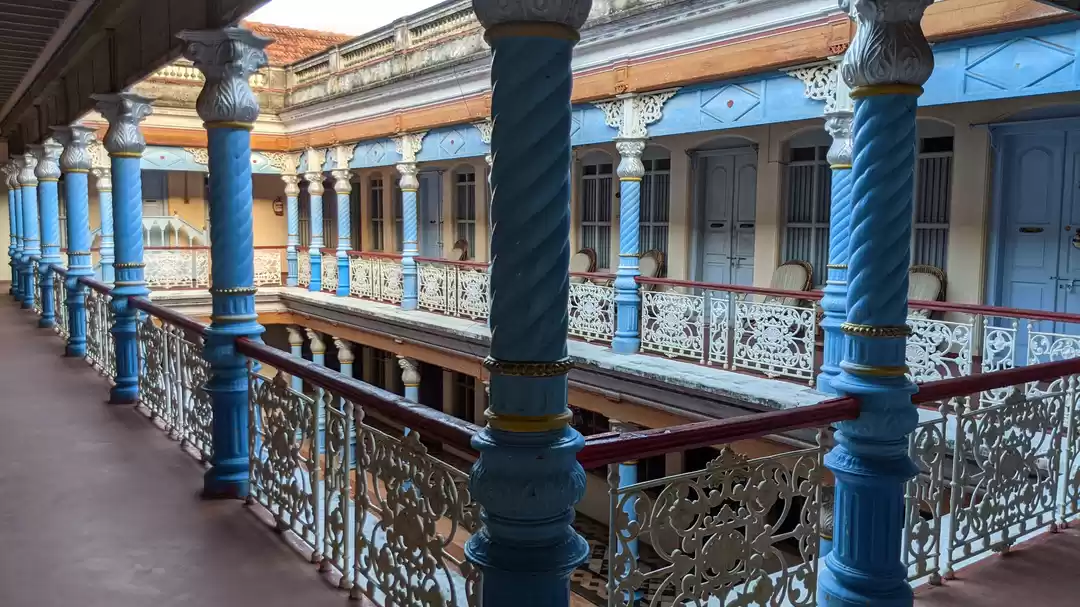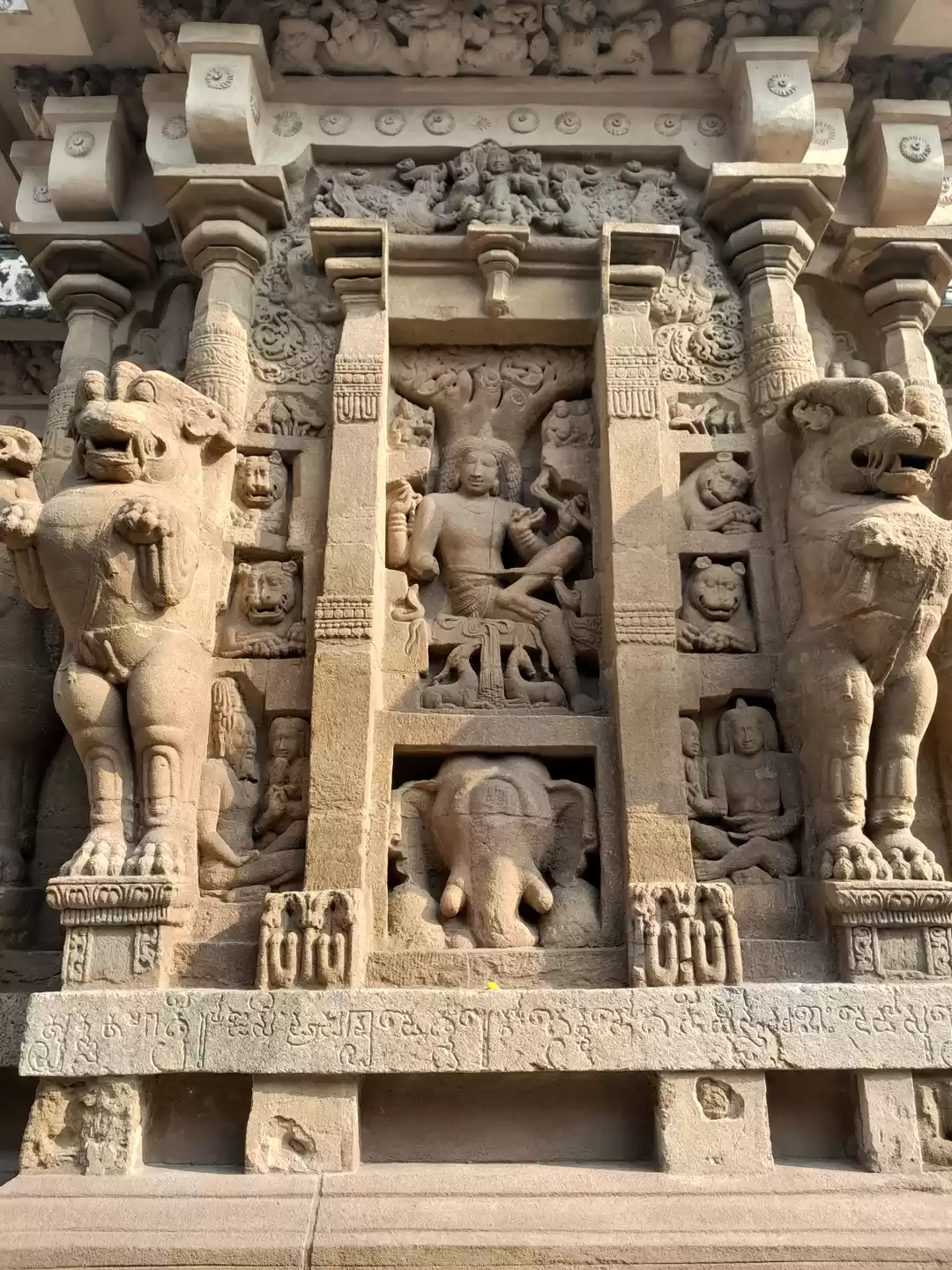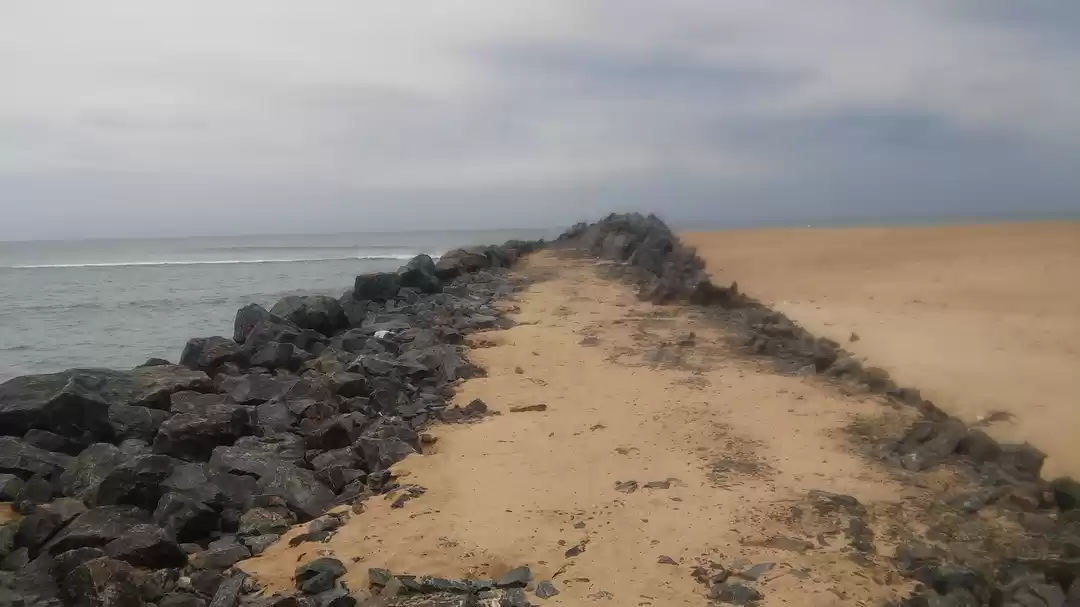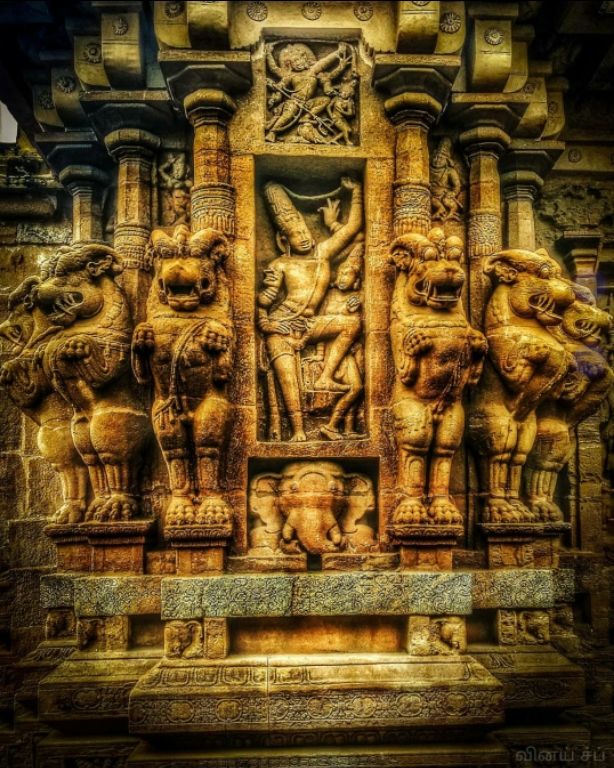
1
The train was not on time, After the journey through North, Malabar last week was really an adventure of temple art, food,history and most particularly the culture. I was waiting for the Trivandrum central- Gorakhpur to arrive at platform from shunting yard.The train came after one hour of delay.I wanted to reach Shornur before 7:30 pm to catch Mangalore Chennai express,
Raptisagar express finally reached Shornur by evening.In my expectation Shornur was a pretty big municipal town,but the expectation totally ended when I reached and stepped out of the railway station. I'm pretty jobless for around 4hrs so I decided to watch a movie from a nearby thetre.when I checked online, it shows that particular theatre was showing brand new release movie, but when I reached there I found that they were showing some 2009 Telugu action drama starring Ramcharan in Malayalam.Whatever,Come rain or shine I took the ticket got in, really that was a torture for 3 long hours.It almost felt like a day inside that hall.By 6:30 the show ended, I took food from a decent hotel, and waited for train to arrive.One of my friend was already on train from Kannur, he informed me that it will arrive by 7:40.
The train came and together we started our journey to the greatest colonial establishment in all of British India and the cradle of
Film,Art,Music and food.
2
The biggest cultural, economic and educational centre of South India, Every person from south once in their lifetime came to called "Madraasi", My humble request to the readers,please take that with pride and love, because,it's the land of people like world renowned scientists ,teachers and great personalities late his transformed into an insult.I don't know why it's like that? In some period of Modern Indian history every village in south was ruled from Madras.Indian company administration of British and centre of power and public administration, the the year 1746, Fort St. George and Madras were captured by the French under General La Bourdannis , the Governor of Mauritius, who plundered the town and its outlying villages. The British regained control in 1749 through the Treaty of Aix-la-Chapelle and strengthened the town's fortress wall to withstand further attacks from the French and Hyder Ali of Mysore.They resisted a French attempt in 1759 under the leadership of Eyre coote. In 1769 the city was threatened by Mysore and the British were defeated by Hyder Ali, after which the Treaty of Madras ended the war. By the 18th century, the British had conquered most of the region around Tamil Nadu and the northern modern–day states of Andhra Pradesh establishing the Madras Presidency with Madras as the capital.
The region of Tondai was not linguistically the so called heartland of Tamil Culture. It actually witnessed the evolution amd amalgamation of Tamil culture into both Western Culture and the culture of the Mauryas and Satavahanas and their feudatories, The Pallavas, who were the masters in art, architecture and trade relations with Tang dynasty of China and Mongolia , forged a military alliance with Narasimhavarman and made him the General of the South China to safeguard from the expanding Tibetan Empire.
The ancient city of Kanchi was an ancient center of Buddhism and teaching found by the chinese traveller Xuanzang, who recorded that there were Hindu temples and Buddhist Pagodas in the city and the city was the center of learning for Tamil, Prakrit, Sanskrit, Engineering and Philosophy in all of South and Southeast Asia. Buddhist Monks Buddhabadra and Bodhidharma known as 'Damo in popular traditions travelled from Tamizhagam to China and established the Shaolin Monastery to spread Zen Buddhism. This eventually led to the transfer of knowledge of Siddha Medicine and Kalaripayattu or Adimurai, thereby developing into Chinese Martial arts form of Shaolin Kung fu.Muay Thai and influenced other eastern art forms across the world.
We reached the largest railway station of South and probably the third largest in all of india, the architecture excellence of the British Raj with their old colour code of the Union Jack the Red and white,remembered me the old Madrasapattanam.Originally the fishing village of the natives, converted into the biggest trading post of British company rule. The century-old building of the railway station, designed by architect George Harding, is one of the most prominent landmarks of Chennai. The station is also a main hub for the Chennai Suburban Railway system. Ripon Building .named after the wisest viceroy Lord Ripon who actually did good for the Society under the "Cash cow policy" of the British Raj, the station served as the gateway to South India, and the station is still used as a historic landmark of Modern India.
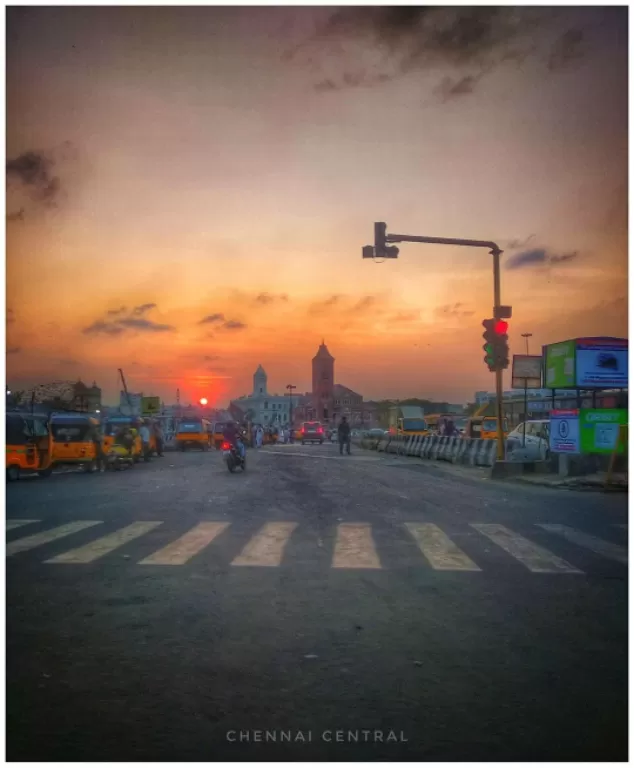
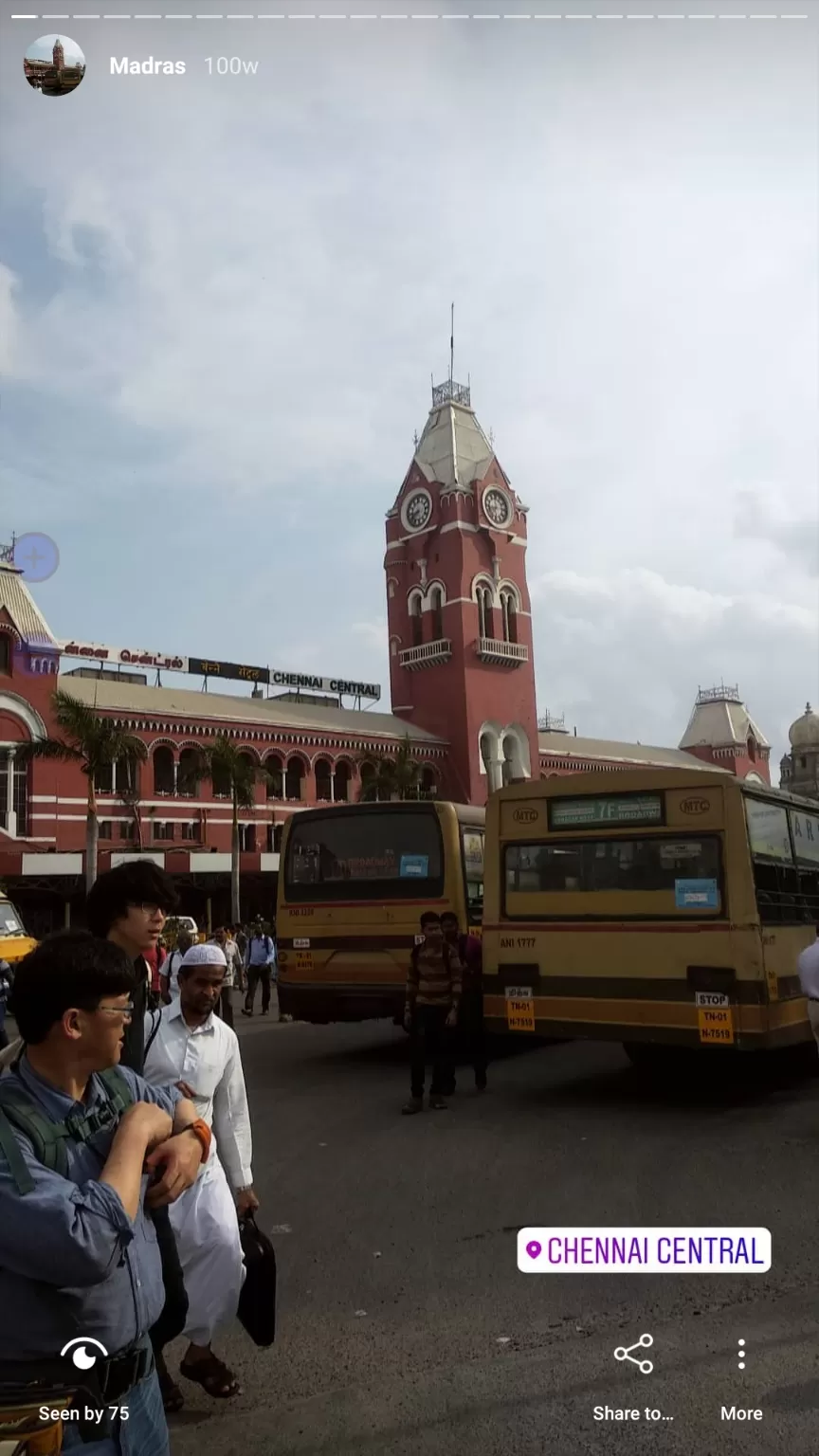
The experience from MRTS was just worth knowing about the local life of Chennai from different smells to the beautiful sleep of the co-passengers. Maybe,they're loud aggressive when talking about their culture and pride.But in these mode of Transport they're sleeping peacefully.Probably, they will be dreaming about their village or their delicious Poriyals and sambar lunch in the afternoon, The Tamil People love these three things Culture Jallikett and Tamizh.They even challenged the Supreme court with their unity.The train reached the terminal of Velachery, we got down and called Ashwin to know about the direction. When I took out the phone and suddenly realized that today was my birthday. The Facebook notifications were popping with birthday wishes, by the mean time I replied everyone with Thank you, it was really tiring task every year.The Uber auto arrived and and started journey to the residential locality of Madipakkam.
The welcome was overwhelming,the whole family received us from the balcony.We had delicious breakfast and decided rest until the sun goes down. The lunch was a feast, containing Kerala and Tamil dishes like various kolamb and fish.
Ashwin childhood friend came to help us to see around Chennai, our first destination was St Thomas Mount, believed to blessed by the Apostle of Jesus Christ.The Syrian Christian community of India trace the origin of their Church in 17th century.He travelled from a south Indian port named Muziri to this Mount.Some believe that Rama,during Ramayana period, an ancient sage called Bringi Rishi was performing penance in this part of the country. He was doing penance from the hill nearby. The hill got its name as Bringi Malai (Bringi Hill) as sage Bringi was staying there for years. The name later corrupted to become Parangi Malai which is presently called as St Thomas Mount.
Knowing that Sri Rama is passing through his place here, Bringi Rishi went and invited Sri Rama to stay with him for few days before proceeding. Sri Rama agreed to be the guest of Bringi Rishi and stayed here. Bringi Rishi created a small Nandhavanam (means garden) for the comfort of Sri Rama and the place came to be known as Nandhavanam itself, which later changed as Nandhambakkam. The neighboring place to Nandhambakkam is called Ramapuram, which is said to have got its name after Sri Rama's stay here. There are two different beliefs in one place.
Located down the hill, A war cemetery and a memorial created to by the British to receive second World War graves from many civil and cantonment cemeteries in the south and east of India.The place is well maintained by the Government and it's also a wonderful photo shoot spot with beautifully decorated marbles and walls.
As a person very much interested in the locomotive and it's functioning.I just enjoyed my interaction with trains and it's history.The train travel in India is a great education for ourselves.The Integral Coach Factory Perambur, is known for their excellent efficiency and one of premium institution of building coaches, building the first engineless coach train and fastest and most modern train in India.The "Trajn 18" is first of its kind in India.The museum has technical and heritage exhibits, with a sizable collection of Steam locomotive from the British Rajj. It also has vintage coaches (such as Ooty Trains), which were endemic on Indian railways. Most of the older models were manufactured by the North British Locomotive company with some trains in the collection dating back more than a century. Toy-train rides around the whole park were really amazing, We had cutlet and sauce with coffee shop run by ICF themselves.The people visiting Chennai if you are interested engineering and locomotives please visit this place.The information they provide is fantastic and real journey through the modern India.
പവനായി ശവമായി !!
If you're a malayali, you will be familiar with this place and the famous dialogue written above .
Anna Nagar Tower Park was built in 1968 as part of the World Trade Fair.Later it developed as a major recreation park for the residents.its a nice place to sit and talk in the evening,the city hosts many such places around the city.The tower park is the famous one.We decided to take a load of one's feat,and spend a good time there.
ദുബായ്
Ashwin was on Abhis bike,We both got lost somewhere in Ashwins scooter near Adyar bridge.we called them but they asked us to use google maps to Basant Nagar beach the second populous beach in chennai. The irony is that we reached before them taking Gmaps shortcuts through some residential colonies.
Eliot's beach is hygienic compared to Marina and it's popular among the youth, I saw so many youngsters there than in the Marina.The walkway has lots of eateries and food shops from popular MNC companies. The beach is completely a new face of Chennai, different from Marina which has antique buildings, history, monuments etc.We enjoyed some time in playing in beach ,and took photos there.It was the end of a glorious day with food, memories and immense joyful moments.way back home we had the Jigarthanda, A cool dessert actually originated in Madurai as a result of the governance of the Nawabs of Arcot.On the way I was on Abinayans bike,I realised that he can't t even understand even basic Malayalam,that's not the case with south Tamilnadu they can understand Malayalam.He told me his grandfather was the bodyguard for some British administrators and explained about his birthplace North Chennai area, which is natural fisherman Chennai natives live.Now, Chennainis handled by multiethnic communities predominantly all people from South Indian States and huge migration from Kerala and Andhra for job and better opportunities.
4
We started early today, we need to catch a train to Tambaram which another populous town away from Chennai, we had almost one hour journey to the town, On the way I saw the Pallavaram station, Every football fan will remember the legendary defender who had a tragic end at this station.The life of football players in India is worst compared to West, now the situation is better.V.P Sathyan one of veterans in defence won so many trophies for Kerala and at National level ended his career here at this very station. He will be remembered in people's hearts, let's hope it won't repeat for any football player.The train reached Tambaram station our destination was Vandaloor Zoo which some kilometers away from Tambaram.which hosts a great amount of flora and fauna for almost 165 years l, starting from the British era.We took an Uber from Tambaram to Arignar Anna Zoological park, Mr Varun very much interested in visiting such places with immense awe, We both were also excited like him and can't wait to reach the place.
In 1854, Edward Green Balfour, the director of the govt Central Musuem of Madras, persuaded the nawab of Carnatic to donate his entire animal collection to the museum. This attracted large crowds and became the nucleus of the Madras Zoo, which was founded in 1855. Balfour started the zoo on the Musuen premises, and a year later it had over 300 animals, including mammals, birds and reptiles.It was later transferred to the Madras corporation and shifted to Peoples Park near Chennai Central at Park Town in 1861, as it was growing. The municipal zoological garden occupied one end of the 116-acre park and was open free to the public.By 1975, the zoo could no longer expand, and it had to be moved out of the city because of space constraints and increased noise pollution due to the city's high-density traffic. Hence it was planned in 1976 to maintain the animals in the zoo in good simulated conditions. In 1976, the Tamil Nadu Forst Department set aside 1,265 acres (512 ha) in the Vandalur Forest Reserve on the outskirts of the city to build the current zoo, which is the largest zoological garden in the country.
We reached the gate and entered the massive kingdom of Biodiversity. I was handling bags for our gang.Suddenly I realised that I'm barehanded, Holy crap !! I forgot to take the bag from the train rack I almost drowned in self-pity, my mind repulsed Oh God! I'm not good for this though from my childhood from umbrella to hats.What a pity! I lost my mind because the bag contained many important documents related to Ashwins office, his face started to turn crimson because of my carelessness.Luckily, I took photo of the new attractive coach of ICF which had a serial number of Trains.We rushed into Tambaram station, and talked to security officials. They were less serious about the situation we encountered, they asked us to wait and check till 12 pm when the train comes back from Chennai beach that is almost 2hrs from Tambaram.Our hope of getting back bag was minimal,Let's hope for the best till 12 pm.We climbed the bustling bridge of the Tambaram Terminal and started to investigate each and every coach of similar looking trains.
This was the first time in my life 12 pm is so crucial, the anticipation of a similar coach at that time was disappointing, As informed by the police officials there were no pink colour coach arrived at Tambaram.We felt downhearted,it's not a casual task to find a bag in this huge metro system.we accepted the reality and sat on beach.Mr.Varun was on the other platform.By 12:45 a similar train appeared on Tambaram, we decided to hope very strongly when the situation is hopeless.The train was crowded, we don't even waited for people to get out, jumped into train and
scanned every rack of the coaches, the result was again disappointing.I almost doubted my camera or someone took it,there is possibility of theft,he murmured.Yes!, we decided to believe that the bag is lost.All of us were down in the dumps, now there's almost zero hope.we decided to get back home as soon as possible.The coach started to move into the other direction to Chennai beach, more by accident than design, the man with worst eyesight shouted from the other platform that I saw a bag in the train.That was a pot luck,we ran to Railway police station because it was too late to jump into the train leading to further casualties.we craved at the officials,If it's possible that the railway officials can inform the particular station official to take the bag from the upcoming station.We enquired about the train, they Informed that the train with particular number will be at the Washing yard which is 1.5km away from the station.we only heard the beginning part of the dialogue,we just started running to the yard through the tracks.The heat was threatening, Our only aim was to find the bag, jumping from one to train to another, it almost felt like a chase in some old Hollywood movie.We almost had zero concern about the distance covered, from a distance we saw a huge workshop.Our gang almost dashed into gateway of workshop, There, we were stopped by guard and told that you are not allowed to enter this facility.Ashwin briefed him our helpless situation,finally he admitted by asking somebody on phone.and took photographs of our identity cards.The workshop was really humongous, the mechanic told that the coach is on the backyard of the workshop.The loco pilot got panicked seeing three youngsters running towards him.we gave him heebie-jeebies, he looked at us as if we are trying to hijack his train.we informed him about the situation, he allowed us to check the coaches.Hurray!!!
We found our bag,"It was a nail bitter" experience.Thank God we finally found it!!.Thanks to that moron with the best eyesight!!
We were almost on joyful tears!! finally, our hard work got rewarded.We repeatedly got excited and talked about the events and laughed every 10 mins, because it was an unbelievable experience of teamwork!!
We were almost out of breath and took lunch from a nearby restaurant.The good thing about this day was our incredible teamwork and the awful was that Varun was not able to see the place he desired.we were also disheartened about this situation.He is ending his trip with us today, due to some family emergencies.I felt sorry for him.We ended our journey at St Thomas mount, and he proceeded to Chennai central.
Goshh It was a mess!!!
It was a rainy day,after these hot days the morning was beautiful with breezy winds from Kolavai Lake, which is one of the main water source of Chennai. The train was moving very closely to the lake. It was 6:30am or something the Mrts reached chengalpattu junction, but we didn't realise it.we were mesmerised by this beautiful climate. After a few minutes, I saw a regular express train on the other platform.The train board was too familiar for me it was the Ananthapuri express which
runs fromThiruvananthapuram to Chennai Egmore via Madurai Trichy. The train which has the name of my hometown reminded me that we are now in a major railway station because express trains don't stop in small stations. I poked Ashwin and inquired whether it is the station that we need to get down.He said it is lot more to reach Chengalpattu. Suddenly, the train moved to reverse direction, that made us recognize that we are currently at Chengalpattu.Yeah we made a mistake, we got down at Parnur at took the next train to Chengalpattu.The chengalpattu Arakkonam passenger was waiting to depart from the station.We started journey to the city of 1000 Temples Kanchi.
I slept for almost one hour when I opened my eyes the train was almost vacant. The train will reach Kanchipuram within minutes, Ashwin mumbled. The stood up and walked towards the end of the coach, washed my face and decided to have a look at what Kanchi is all about and how it looks like from distance. The first impression occurred, and it was an elegant view of Ekambareswar Temple from distance. That sight gave me a feeling of enthusiasm and my mind and body were champing at the bit.
The train entered the station, again my intention gone wrong. I had a huge misconception that Kanchipuram station was huge. It was too small and underdeveloped. When we got down, A man appeared in a white shirt, I thought he'll be some railway staff came for ticket examination, but he was an Auto driver, he tried to scam us until we started speaking Tamil, He was asking huge amounts for short distances.We asked him to just drop at Ekambareswarar temple.
The street of the complex was clean and beautiful with "agrahara" charm of kolams and smell of flowers, The Tamil brahmins of Kanchi are famous for their craftsmanship art and culture and music and different dialect of Tamil. The temple is the largest among the thousand temples across Kanchi. The Gopura was massive, my phone was not able to capture massive structure built by Cholas. We entered the gate, the interior was extremely serene. The atmosphere was divinely, the architecture was fabulous, The temple finds it first mention in the classical Tamil Sangam Literature dated 300 BCE . Initially temple structure was built by the great Pallavas of Kanchi. The existing structure then, was pulled down and rebuilt by the later Chola Kings. There are inscriptions dated 1532 CE (record 544 of 1919) indicating the gift of number of villages made by Achutaraya. Achutaraya on hearing this equally distributed the lands to both the temples.
The Vijayanagar kings, during the 15th century, also made lot of contributions to the temple and later developed by Vallal Pachiyappa Mudaliar used to go regularly from Chennai to Kanchipuram to worship in this temple, he spent significant money he amazed during British rule on the temple renovation, Pachiyappa Mudaliar seated at horse back can be seen in the temple pillar. At the later stage a similar temple with same name Ekambareswarar was constructed in Chennai by Pachiappa Mudaliar in order to avoid travelling time to Kanchipuram. The ASI report of 1905–06 indicates widespread renovation activities carried out in the temple by the rich Nattukottai Chettiars.
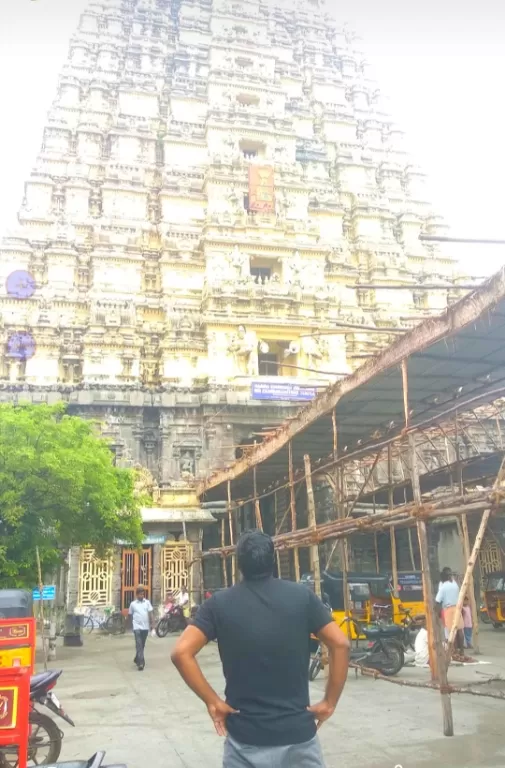
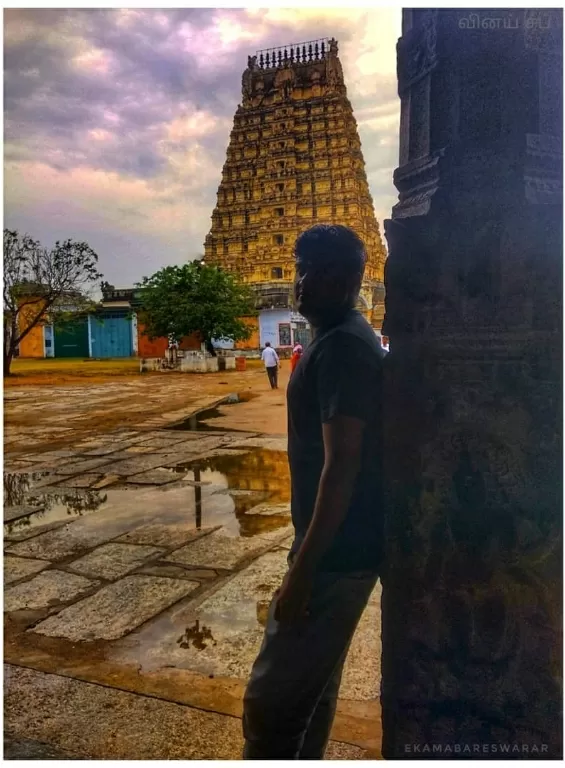
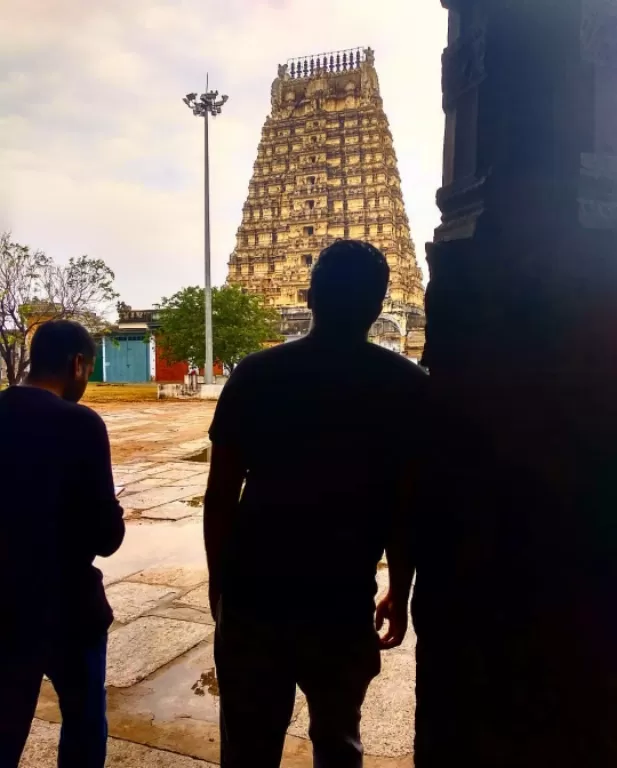
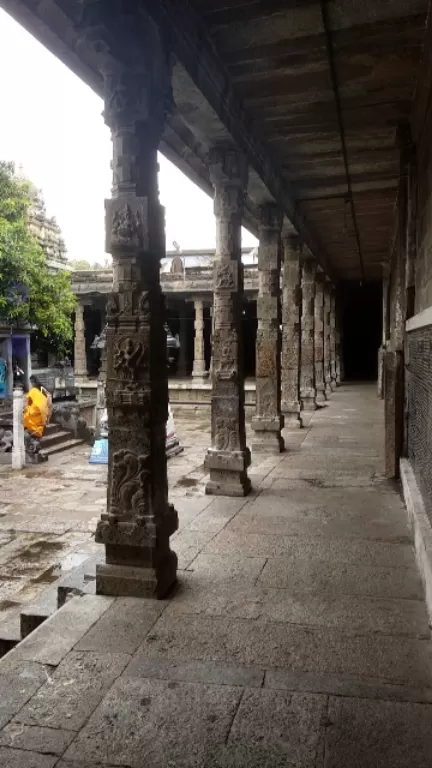
Kailsanathar,most significant place of history, the grandeur of the Pallavas. The Temple is near to Ekambaranathar temple,we decided to through the streets of Kanchipuram,the black soil of Kanchi is suitable for cotton planys,itbia one of the few which cultivates cotton in Indian after Maharashtra,We needed to cross a street which was full of mud,Ashwin almost stepped into one of pits and his brand new loafers almost covered the charcoal black mud from the streets.It was a hilarious aboutThe,I remember he trying to wash that mud from the shoes.He became a little bit upset.We reached the gate of the temple and the entry was free The technology of plastering and lime mortar was visible here. There were hundreds of vyaalis around this temple pointing towards the secret chambers for meditation.The peculiar factor inside this chamber is that it resonates a magical pitch. when we chant mantras, the sound was magical inside the chamber.The temple is located on the banks of the Vegavathy River at the western limits of the Kanchipuram. It faces east. Its location, demarcated according to the religious faiths, is in one of three "Kanchis", the Shiva Kanchi; the other two Kanchis is, Vishnu Kanchi and Jain Kanchi, resembles the peace among these three theologies. there were big statues and puranic sculptures across the temple.The Kailasanathar Temple means The Lord of the Cosmic Mountain", is built in the tradtionof SmarthaworshipofVishnu, Shakthi, Surya ,Ganesha and Subhrmanya in Hinduism.
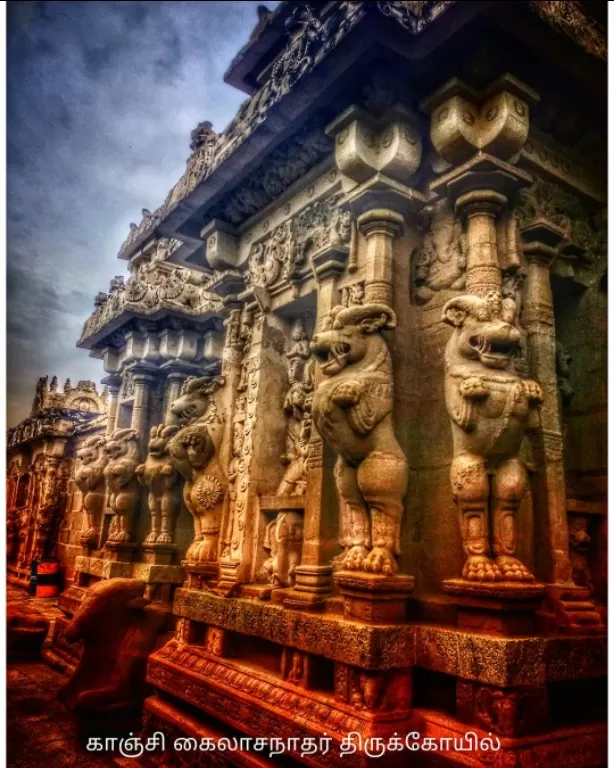
The widest vimana temple of Kanchi,the story of this temple is related to story of Onam celebration of Malayalis,the temple is situated in Big Kanchipuram, and situated close Kamakshi Temple. The temple complex actually houses four Divya Desams in its different precincts, namely Thirukkarvaanam, Thirukaaragam, Thiruneeragam, and Thiruooragam, that last of which is present with in the sanctum sanctorum of the main temple.
Vamana an avatar of Vishnu, a dwarf , appeared here to quell the pride of Asura king Mahabali. Ulagalantha Perumal is believed to have appeared to king Mahabali and the Azhwars. Six daily rituals and a dozen yearly festivals are held at the temple, of which the chariot festival, celebrated during the Tamil month of Chittirai (March–April), is the most prominent. The temple has numerous inscriptions of Pallavas,Cholas respectively.
The second oldest extant temples in Kanchipuram after the Kailsananathar Temple.A beautiful monument of Pallava architecture,also known as Thiru Parameswara Vinnagaram
The temple is believed to have been built by king Narashavarman (720-96 CE), with later contributions from Medieval Cholas and Vijayanagaras. The temple is surrounded by a granite wall enclosing all the shrines and water bodies of the temple. Vaikuntanathan is believed to have appeared to king Viroacha. As per Hindu legend, the region where the temple is located was called Vidarbha Desa and ruled by a king named Viroacha. Due to his misdeeds in preceding birth, Virocha had no heir. He prayed in Kailsanathar, the presiding deity of the temple gave a boon that the the gatekeepers of the Vishnu temple will be born as sons to him. The princes were devoted to Vishnu and conducted yagna for the welfare of the people of their kingdom. Vishnu was pleased with the worship and appeared as Vaikundanatha to the princes. It is believed that in modern times Vishnu appears to devotees in the same form as he appeared to the Dvarapalakas Pallavan and Villalan
Parameswara Vinnagaram was constructed by the Pallava King Nandivarman the second in 690 CE, while other scholars
place it in the late 8th century. Nandivarman Pallavamallan was a worshipper of Vishnu and a great patron of learning. He renovated old temples and built several new ones. Among the latter was the Parameswara Vinnagaram or the Vaikunta Perumal temple at Kanchipuram which contains inscribed panels of sculpture portraying the events leading up to the accession of Nandivarman Pallavamalla to the throne. The great Vaishnava saint Thirumangai Alwar was his contemporary. There are various inscriptions in the temple that detail the socio-economic and political situation of the country during the Pallavan regime. Around the sanctum sanctorum in the first precinct, there is an inscription dated to the 8th century which records the gift of a bowl and an image made of gold measuring 1,000 sovereigns by king Abhimanasiddhi. During the period of Dantivarman I in 813, there was a gift of golden bowl weighing ten thousand kalanju. There was another gift of 3,000 kalanju of gold to meet daily expenses of the temple. A record of gift of a devotee named Thiruvaranga Manickam to feed devotees of Vishnu is also seen in the temple. The temple is believed to have been constructed few years after the construction of Kailsanathar Temple. The base reliefs in the temple reveal the war between the Pallavas and Gangas and also with Chalukyas of Badami.
We were exhausted like hell,these huge temple were massive almost the twice the size of Football fields.we decided to take lunch from Saravana Bhavan and had a pretty decent lunch from there.
We rested for sometime and proceeded to Vishnu kanchi,traditional centre of silk weaving and handloom industries for producing the famed Kanchipuram Sarees. The industry is worth ₹ 100 cr market.The sarees is among the most favourite for every Indian girl.The Kanchipuram silk sarees are famous across the world for their designs and purity in silk.
Pallavas (4th to 9th centuries CE). Kanchipuram fell to King Pulakesin II (r. 610-642 CE) in the 7th century CE when this powerful Early Western Chalukya ruler defeated Harsa of Kanauj. Falling again into Pallava hands it was recaptured by the Calukya ruler Vikramaditya II (r. 733-746 CE) and a contemporary inscription at the site records this victory. Kanchi was also the home of the famous 6th century CE poet Bharavi who wrote the Kiratarjuniya and the famous 11th to 12th century CE Hindu philosopher Ramanuja. Still today an important religious centre, the site has over 120 temples and is also noted for its production of fine silk saris.
The locale is a home for many famous Vishnu temples. One of the greatest Hindu scholars of Vaishnava Vishitadvaita philosophy, Ramanuja is believed to have resided in this temple. The temple along with Ekambareswara and Kamakshi Amman Temple in Kanchipuram is popularly known as Mumurtivasam (abode of trio), while Srirangam is referred to as: ‘Koil’ and Thirupathi as:‘Malai’. Among the Divya Desams, Kanchipuram Varadaraja Perumal temple is known as: ‘Perumal Koil’. This is one of the most sacred places for Vaishnavites. The fourth of the Divya Desams that completes this series is Melukote--which is known as Thirunarayanapuram. Vaishnavite believe that visiting all four places without a break will guarantee one a place in paramapadam.
The temple has around 350 inscriptions from various dynasties like Chola, Pandya, Kandavarayas, Cheras, Kakatiya, Sambuvaraya, Hoysala and Vijayanagara indicating various donations to the temple and also the political situation of Kanchipuram. Varadharaja Perumal Temple was originally built by the Cholas in 1053 and it was expanded during the reigns of the great Chola kings Kulothunga and Vikrama Chola. In the 14th century another wall and a Gopura was built by the later Chola kings. When a Mughal invasion was expected in 1688, the main image of the deity was sent to Udayarpalayam, now part of Tiruchirapalli. It was brought back with greater difficulty after the involvement of local preceptor who enlisted the services of general Todarmal. Robert Clive, the British general during the colonial period visited the Garuda seva festival and presented a valuable necklace (now termed Clive Maharkandi), which is adorned during a special occasion every year.
The old inscriptions and records of the temple states that several leaders like Vyasatirtha and Satya-Vijaya Tirtha from the Dvaita school of Vedanta had envinced interest in this temple. An epigraph of the temple datable to 1511 A.D. records that the Dvaita saint and Kulaguru of Krishnadevaraya, Shri Vyasathirtha presented a village and serpant vehicle to Varadaraja Temple and instituted a festival in honour of Vijayanagara king Krishnadevaraya.
There are inscriptions dated 1532 CE (record 544 of 1919) indicating the gift of number of villages made by Achutaraya. Vira Narasingaraya Saluva Nayaka who was directed by Achutaraya broke the royal order by giving more lands to Ekambaranathar temple than the Varadaraja Swamy temple against the instruction of an equal gift to either of the temples. Achutaraya on hearing this equally distributed the lands to both the temples. There is an inscription from the 13th century from the Hoysalas, indicating a gift of a crown to the presiding deity. During the 17th century, the temple was under the attacks from Mughals headed by Aurangazeb. The idols of the temple were ported to Udayarpalayam in modern-day Tiruchirapppali district during 1688. It was only during 1710 that the situation was ripe for the idols to be returned. But the chieftain of Udayarpalayam opposed the move and only after the intervention of Paramahamsa Parivajakacharya Attan Jeer, the idols were returned. The event is commemorated as a festival in the temple.
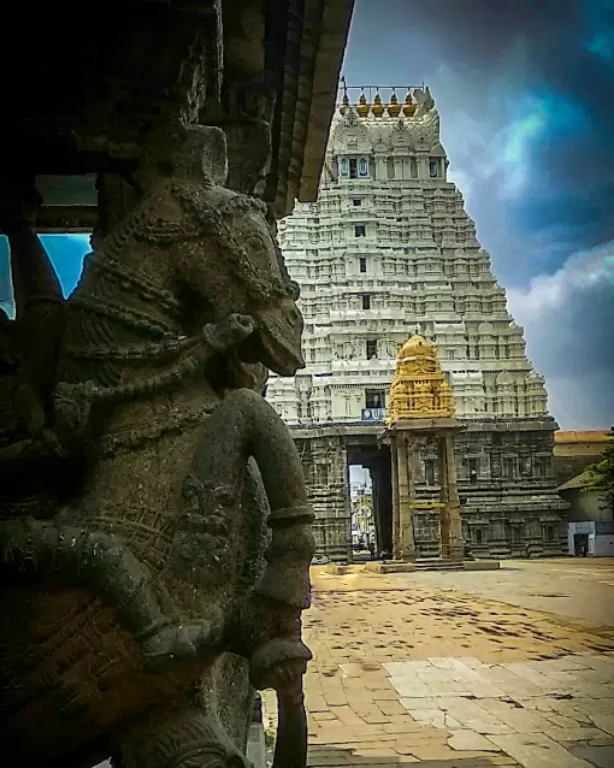
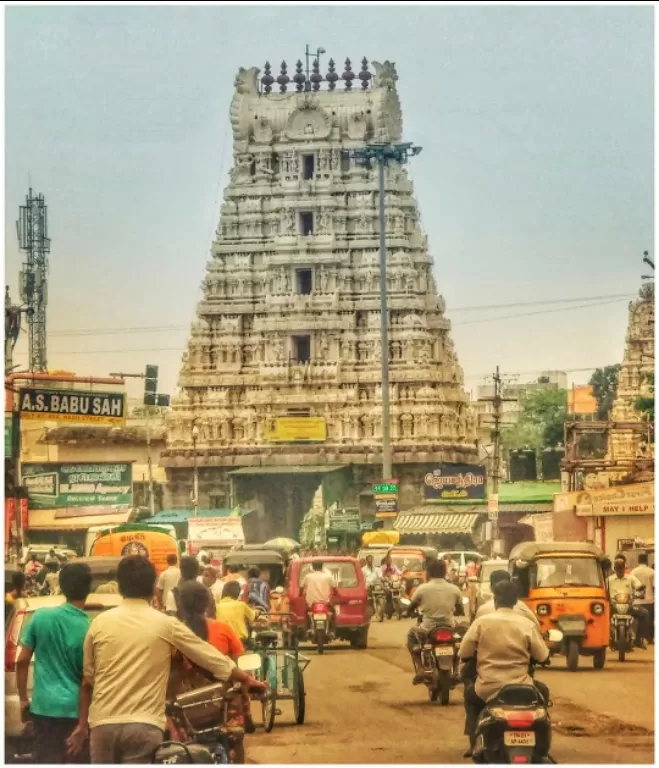
5
We decided to take a break for our hectic travelling, we slept till afternoon and took an Uber to MAS. The evening at MAS made me mesmerised. The sunset in the backdrop of Rippon building was elegant and unforgettable. Mother India got stronger with all it's invasions, looting and exchange of cultures. The European and Indian cultures made a beautiful exchange in this city.The Chinese and pallavas made also their valuable contribution to the society.The culture of the people here is simple and Beautiful.Yes!! They "Welcome with Vanakkam".
This trip is about the great Tondaimadalam, the culturally abundant region of Tamilnadu, though the locations are vast and huge. It's not feasible to visit the whole historic and cultural location of this region because it is vast and endless to explore within such short period of time. This article is about my impression about the culture, people and history.
The area of Chennai almost looked like a town from medieval Europe, all the colonial construction are under total decay and defamation.The station names in Chennai is almost like the United Kingdom,I found it curious and interesting to know more about the colonial past of Chennai and their life after British came to India.Yes!! I'm here to feel the the real flavour of Chennai,We took two tickets to Velachery, one of pompous new regions which is flourishing with taste of the new world of malls and Information Technology but lacking the expertise of British water systems, naturally an area of wetland vegetation of the coastal plains of Tondaimandalam.The station was actually full, packed with people who works at different level waiting for one mode of Transport,regardless of Social status caste, religion who are the representatives of New India. On the way, I saw numerous Colonial buildings that are beautiful with their charm of fusion between Indian and western architecture later known as the "Indo Saracenic" style of building universities and public buildings in the bygone era of colonisation. The study of Chennai Architecture is actually a different subject to study and research, there are plentiful journals and research happened to protect the monuments of Chennai.
We opted for MRTS and reached Lighthouse station and walked towards the longest natural urban beach in the country and one among the whole world. There were lots of statues and government offices on either side of the road. our plan was to visit the lighthouse which is only open to public in recent times.Ashwin informed that in his overall lifetime he also never had chance to visit the lighthouse.we felt so lucky to climb up and watch the whole city and beach.The beach runs from near Fort St George in the north to the Foreshore Estate in the south, a distance of 6.0 km make it one of longest natural seashore in the entire planet.The British colonisers built a long promenade and road near their trading post and made it more organized and encouraged the urban culture to develop Madras as a city in British India.After independence, one by one Govt of Tamilnadu built so many monuments and statues for Tamil poets and Great personalities and remembers their contribution to the Land of Tamizh. It was delightful to experience Chennai from a such a great height, the view of University of Madras, Chennai port was very clearly visible from the Lighthouse. The University building was an elegant example of Indo Saracenic style of architecture.it was developed by 19th-century British architects combining all the elements of Indian architecture with Western gothic, all the public government buildings used this style. we started the walk from one end up to MGR Memorial, Dr.MGR, an actor turned politician the great man who was honoured by Bharat Ratna by Government of India for his great skills in administration and social services.Still, people believe his watch is ticking inside the memorial, it was really a funny incident always happening at the memorial.The Cooum river breaks this long beach and there's a memorial for the war heroes who fought in Second World War for Britain. On the way back we went to the city centre in Mylapore, made me realise that the city has two dimensions If native Chennai people and the posh and rich influential people. The sodium lamps across the poor streets were really tenebrous, reminded me about some gangster movies from Tamil films .
The slang was really different from literally written Tamil, they have an intense fisherman village style of speaking that's very hard to understand even for native person.
I barely thought about my birthday , the next day is Varun birthday ,At night Ashwin father brought a cake for us to celebrate the birthday at 12am.We together celebrated the birthday, Uncle and aunty wished both of us, Probably,that's the first time I'm celebrating a birthday like this ever in my lifetime.It was a joyful evening.
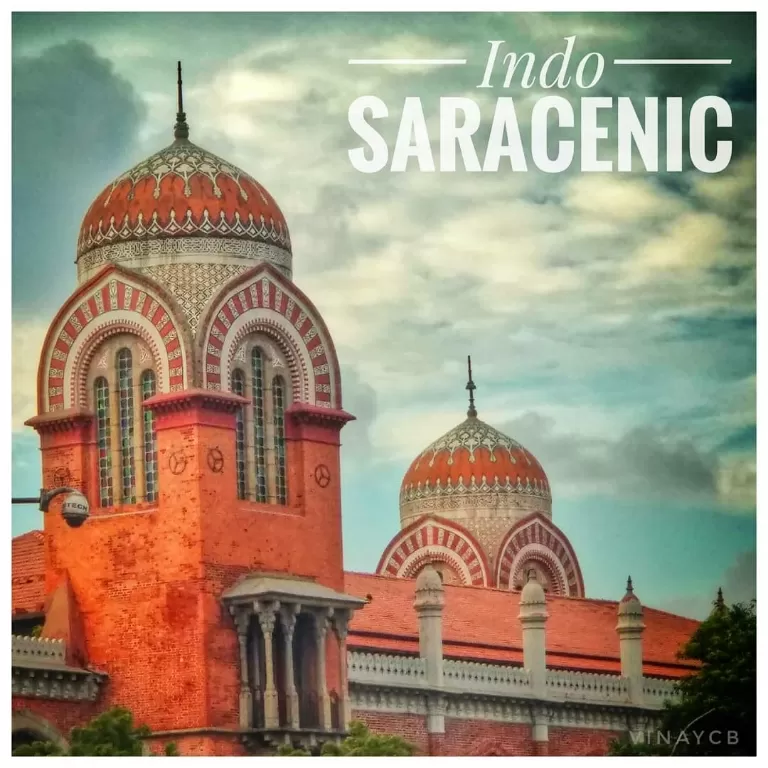
3
Started early today because the destination is bit far from Chennai,Our destination was the Pallava monuments in the ancient city of Mammallapuram. We took an uber from home to Thoraipakkam,the town is actually a wetland which is under threat of illegal construction and destruction of natural vegetation for migratory birds. The place is full of IT establishments and their residential apartments.The Chennai city is expanding day by day, the sad news is that it this area is also prone to natural calamities. The lack of water sewage is under complete failure. On the Way the bus passed various towns like Shollingnallur and further suburban towns of south Chennai and finally to some of the villages.
The town was named after Pallava king Narasimhavarman, who was also known by the name Mahamalla. Along with economic prosperity, it became the site of a group of royal monuments, many carved out of the living rock. These are dated to the 7th and 8th centuries: Rathas, which is the temples in the form of chariots, mandapas(cave sanctuaries), the giant open-air rock relief the Descent of the Ganges, and the Shore Temple dedicated to Shiva, Durga, Vishnu, Krishna and others.
The monuments were built during 7th- and 8th-century Centuries
The bus reached around the town at 10am,we walked towards the shore Temple,which is in the intial stage, identified as part of the Seven Pagodas at Mahabalipuram, an ancient Hindu legend referred to the origin of these divine pagodas in mythical terms. Prince Hiranyakashipu refused to worship the god Vishnu. The prince's son, Prahlada, loved and was devoted to Vishnu greatly and criticized his father's lack of faith. Hiranyakasipu banished Prahlada but then relented and allowed him to come home. Father and son quickly began to argue about Vishnu's nature. When Prahlada stated that Vishnu was present everywhere, including in the walls of their home, his father kicked a pillar. Vishnu emerged from the pillar in the form of a man with a lion's head, and killed Hiranyakasipu. Prahlada eventually became the king, and had a grandson named Bali. Bali founded Mahabalipuram on this site.The tsunami of December 2004 that struck the coastline of Coromandel exposed an old collapsed temple built entirely of granite blocks. This has renewed speculation that Mahabhalipuram was a part of the Seven Pagodas described in the diaries of Europe , of which six temples remain submerged in the sea. The tsunami also exposed some ancient rock sculptures of lions, elephants, and peacocks that used to decorate walls and temples during the Pallava period during the 7th and 8th centuries.The archaeologists believe that town extended more than its current built up area. Mamallapuram also hosts Dance Festival is held every year during Dec-Jan in the seashore. Exponents of Bharatanatyam, Kuchipudi, Kathak, Odissi, Mohini Attam and Kathakali perform against this magnificent backdrop of the Pallava rock sculptures. It is vibrant festival of dance where enormous audience enjoys this one month long festival.Last year Chinese President visited the place with great enthusiasm and delighted to hear the story of trade relations with China.The Makaras, the indian version of dragons is a very evident sculpture featured in pillars of Mahabalipuram.
Mamallapuram is also known by numerous names such as Mamallapattana and Mahabalipuram. Another name by which Mamallapuram has been known to mariners, since Marco Polo’s time is "Seven Pagodas" alluding to the Seven Pagodas Of Mahabalipuram that stood on the shore, of which one, the Shore of Temple,survives today.
I found so many foreigners at Mahabalipuram,in such important places of history.we find the native population very less, especially the young population. I noticed some young european girls getting flabbergasted by the information that is delivered by their guide about shore Temple, on the other hand we only find scarce amount of Indian youth there,we went to sthala shayana perumal temple and the sculpture of Krishna holding Govardhana.The intelligence of architecture will surely going to blow your mind, from the ancient Lighthouse to later vijayanagara constructions.
The caves of Mahabalipuram reflect a transitional style architecture evolved during the rule of kings Mahendra Varman I and Rajasimha or Narasimhavarman I known as Mamalla and this style was continued by his son Parameshvaravarman I. Historical research has also confirmed that Mahabalipuram town came to be established only after it was named after Mamalla and the caves and rathas are dated to his period during the year 650 AD. That Mahabalipuram was a busy port and prosperous during Mamalla's rule is attested by the fact that Xuan Zang, the explorer from China stayed here in 642 AD as a guest of the court recording the greatness of the town and its king. It is also recorded glowingly about the town's richness as seen from the loaded ships exporting goods. The caves excavated during this period though similar to the earlier caves but were more sophisticated in their decorations. The Varaha Cave temple or Mandapa has fluted columns separating the openings. The style thus created at Mahabalipuram became a forerunner for Dravidian style of architecture.
They have distinctive styles which do not compare with Gupta sculptures of North India. In these caves, the carvings of the faces of the human figures are oval shaped with high cheekbones. The body looks slim with tapering limbs. They have several striking mythological scenes carved in relief. Vishnu rescuing the earth, Vishnu taking three strides, and Gaja Laksmi and Durga are all in the Adi-Varaha Cave. Mahishasura Mardhini is in Durga Cave. Krishna lifting Mountain is seen in the Pancha-Panadava cave. The relief carving in the Pallava caves is generally shallower than the Deccan caves. The main figures are slender, delicate and elegant. Their hair dresses and crowns are simple and they show no jewellery. Another particular feature noted in the caves is that the Lingas are individual carvings and in prismatic shape. However, the drainage as normally provided in the form of Pranala or water chute with the linga to drain the Abishekha (Hindu ritual) offering water is not provided in the caves.
Descent of the Ganges , massive rock relief in mahabalipuram, This piece of excellence is more of a canvas of Indian rock cut sculpture at its best not seen anywhere in India, that were designated as a Unesco World HeritageSite since 1984.The legend depicted in the relief is the story of the descent of the sacred river Ganges to earth from the heavens led by Bhagiratha. The waters of the Ganges are believed to possess supernatural powers. The descent of the Ganges and Arjuna's Penance are portrayed in stone at the Pallava heritage site.
We were so exhausted by the climate of Mahabalipuram, we had a Tamil Nadu style meals, which contains various kinds of Poriyals sambar salt and various kolamb as they say, it was delicious. The town was not so developed they have only limited options for refreshment and accommodations. The seashores were well maintained, contains so many resorts, which runs from all along from East Coast Road to Mahabalipuram.
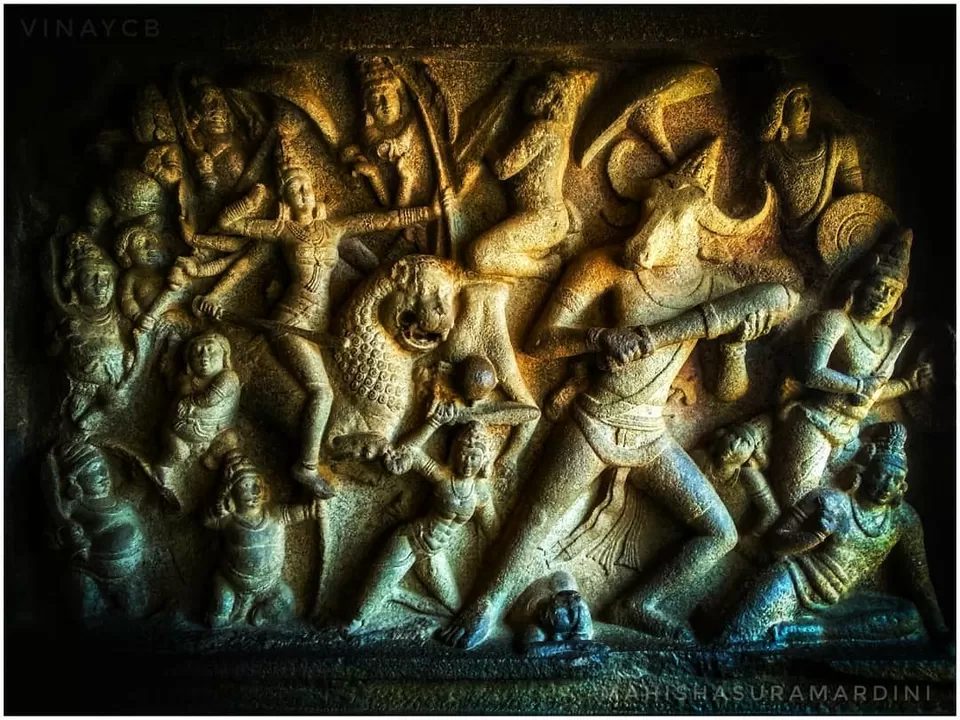
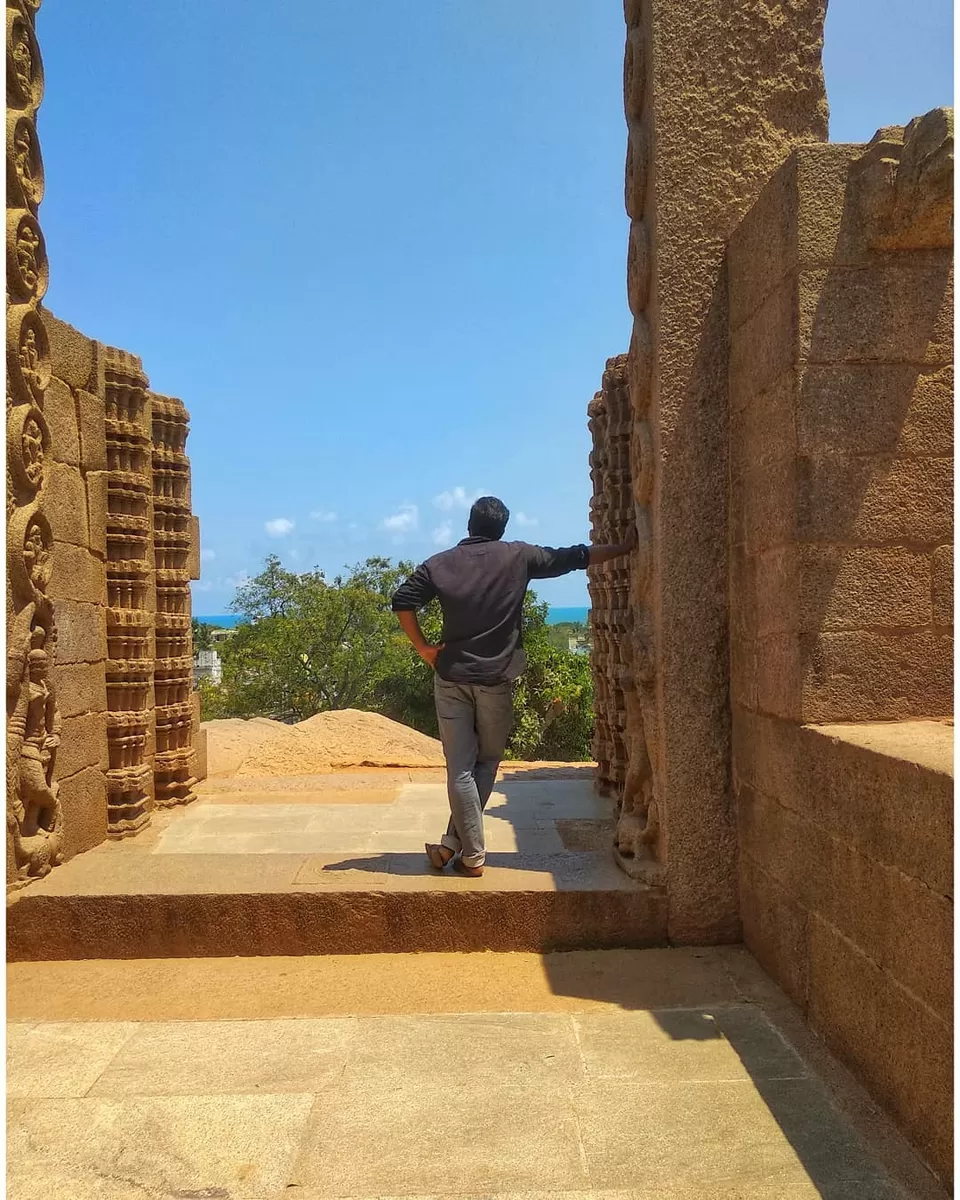
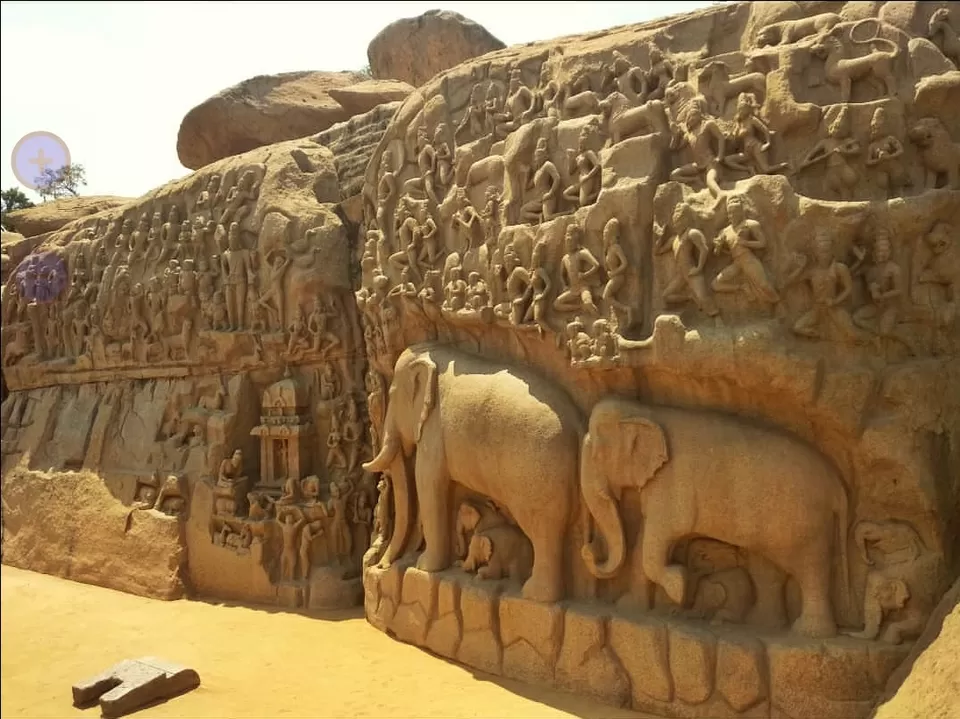
As I conveyed before, the city built-up was huge in the ancient times leading to many projections to Bay of Bengal.The Five Rathas, which was a bit far from these monuments. The Archaeological survey maintains this place with commendable vision and organisation.There were so many hijadason the way to pancha Rathas, troubling everyone for money. This part of Mahabalipuram is well maintained. Pancha Rathas is a great illustration of Monolithic Indian Rock architecture. The complex was carved during the reign of King Narasimhavarman (630–668 AD) the idea of realising monolithic buildings, an innovation in Indian architecture, is attributed to this ruler. The complex is part of the UNESCO World Heritage site.The monoliths are named after the Pandavas Arjuna, Bheema, Yudhisthira , Nakula and Sahadeva – and Draupathi. The uncut rock parts at the base and top of the rathas are still visible. The ASI confirmed the unfinished nature of the structures and suggested that they instead be referred to as Vimanas. We took many photos there, there were so many Gujrathi families all around the place. Some renovation work was going on the wall and boundary canals of the compound. On the way, we realised that some structures all already drowned under sand due to some natural calamities after the Pallava decline.
The Five Rathas, which was a bit far from these monuments. The Archaeological survey maintains this place with commendable vision and organisation.There were so many hijadas on the way to pancha Rathas, troubling everyone for money. This part of Mahabalipuram is well maintained. Pancha Rathas is a great illustration of Monolithic Indian Rock architecture. The complex was carved during the reign of King Narasimhavarman (630–668 AD) the idea of realising monolithic buildings, an innovation in Indian architecture, is attributed to this ruler. The complex is part of the UNESCO World Heritage site.The monoliths are named afterthePandavasArjuna, Bheema, Yudhisthira , Nakula and Sahadeva – and Draupathi. The uncut rock parts at the base and top of the rathas are still visible. The ASI confirmed the unfinished nature of the structures and suggested that they instead be referred to as Vimanas. We took many photos there, there were so many Gujrathi families all around the place. Some renovation work was going on the wall and boundary canals of the compound. On the way, we realised that some structures all already drowned under sand due to some natural calamities after the Pallava decline.
The Krishnas Butterball is another wonder near the descent of Ganges, The amazing balance of this rock in unbelievable, the mystery behind this is so challenging for the modern-day scientists.
It's time to say goodbye the Pallava grandeur, We started our journey back home, it was an exhausting day because of high temperatures along the coastline made my friends snooze inside the bus immediately. The wind blow was too high because we were travelling through the East coast, which is home to beautiful beaches and estuaries. The scenic journey was a mesmerising and unforgettable experience. we reached home by evening and slept like koalas, the food was great though.
Temple construction is credited to the Pallavas of Kanchi, who had established their kingdom with Kanchipuram (also known as "Kanchi" or "Shiva Vishnu Kanchi") as the capital city, considered one of the seven sacred cities under Hinduism. In Kanchi, after the Pallavas expanded their territories to the north, west and south both within Tamil, Andhra and Kannada territories under Emperor Narasimhavarman they started expanding their capital city of Kanchipuram and built many temples of great magnificence. Among the two unique specimens of temple architecture of the period 640-730 AD are the Thiru Parameswara Vinnagaram, which is also known as the Vaikunta Perumal temple and the Kailsananathar Temple. The temple was built during 685-705AD. It is the first structural temple built in South India by Rajasimha, and who is also known as Rajasimha Pallaveswaram. His son, Mahendravarman III, completed the front façade and the Gopuram (tower). Prior temples were either built of wood or hewn into rock faces in caves or on boulders, as seen in Mahabalipuram. The Kailasanathar temple became the trend setter for other similar temples in South India. According to local belief, the temple was a safe sanctuary for the rulers of the kingdom during wars. A secret tunnel, built by the kings, was used as an escape route and is still visible. It is believed that Arulmozhivarman also known as Rajaraja Chola (985–1014 CE) visited the temple and drew inspiration from this temple to build the much revered wonder the Brihadeeswara Temple of Tanjore.
The manifestation of Shakthi in Kanchi,The temple was probably built Pallavas by themselves.The temple got a huge renovation in modern times.It almost like in a Palace or something,the arrangements and organisations was excellent.The rich businessman offerings are everywhere.As per Hindu legend, Kamakshi Amman is considered in line with Meenakshi at Madurai and Visalakshi at Varanasi. Kamakshi is the only Shakti shrine centered across all Shiva temples in Kanchipuram which do not have separate shrines for Amman.
The temple occupies an area of 5 acres . The sanctum houses the image of Kamakshi in seated posture and is flanked by the trinity of Shiva, Vishnu and Brahma. There are smaller shrines of Bangaru Kamakshi, Adi Shankara and Maha Saraswathi around the sanctum.The major centre of Pilgrimage in India.The temple stands tall with all those new renovations.
The temple covers an area of 23-acre complex and shows the architectural skills of ancient Vishwakarma Sthapathis in temple architecture and is famous for its holiness and ancient history. The temple has three outer precincts There are 32 shrines, 19 vimanams, 389 pillared halls (most having the lion type yali sculpture) and sacred tanks some of which located outside the complex. The temple tank is called Anantha Theertham. The main sanctum faces west and can be entered through a 130 feet tall, 7-tiered Rajagopuram (main gateway tower). The image of the presiding deity is designed in such a way that on the 15th day after Chitra Purnima, the rays of the Sun fall on the idol. The hill, called Hastagiri, is 360 m (1,180 ft) long by 240 metres (790 ft). The eastern gopuram is taller than the western gopuram, which is contrasting to large temples where the rajagopuram is the tallest one. One of the most famous architectural pieces in the temple is the huge stone chain sculpted in a single stone. There is a 100 pillared hall which has sculptures depicting Ramayana and Mahabharata. It is a masterpiece of Vijayanagara architecture. Hastagiri has murals of the late Vijayanagara on the ceiling. Another significant features of the temple are beautifully carved lizards and gilded with gold, over the sanctum. The vimana over the sanctum of Varadaraja Swami is called Punyakoti Vimanam and the one over Perundevi Thayar shrine is called Kalyana Koti Vimanam. Apart from the main stone idol, the temple has the wooden image of Varadarajaswamy made of Atthi or the fig tree and preserved under water in a secret chamber. It is brought out for worship once every 40 years. The festivities last 48 days after which it is immersed in the water and stored for the next 40 years. It is believed that there is a heavy downpour after the idol is immersed to fill the tank. The presiding deity is a 10 ft (3.0 m) tall idol made of granite in standing posture, while Thayar is a 4 ft (1.2 m) image in sitting posture. There is a shrine of Narasimha on the hillock. The origin of the mask of Narasimha is mysterious and believed to possess inexplicable powers. In the second precinct downstairs contains four shrines, of which the important one is of Malayala Nachiar (Kerala consort), presumably built during the Sangramdheera Chera King Of Venad in the early 14th century. There are images of Azhwars and Ramanuja in the second precinct. The third precinct has the shrine of Goddess Perundevi Thayar; it is customary for devotees to visit the shrine first before visiting the main Perumal shrine. There are four small pillared halls, identical in structure, called Thulabara Mandapas built during the 1532 for a ceremony of Achutaraya of the Vijayanagara empire. The seven precincts are called Pradakshina Padha, Hastagiri Pradakshana, Madapalli Pragara, Alavandar Pragara and Azhwar Thiruveedhi. The Alavandar Pragara houses lot of shrines of the temple. The temple has two towers on the eastern and western sides, which are 180 ft (55 m) and 160 ft (49 m) tall respectively. There is a hundred pillared hall, which has ornate carvings, notable of which being a stone chain. The temple car is believed to have been donated by Krishnadeva Raya in 1517 CE. There are paintings in the temple commissioned during the 16th century during the rule of Vijayanagar kings. There is a shrine of Chakratazhwar on the eastern side of the temple tank. The image of Chakrathazwhar (Sudarsana) in the temple is depicted with six hands. There festival image of the temple has seven different images of Sudarshana depicted within the same Chakra. There are two entrances to the shrine as the two images are considered to be separate. The shrine is believed to have been constructed during the time of Kulothunga III during 1191 CE by Ilavazhagan Kalingarayan of Nettur as seen from the inscriptions in the temple. The later additions are presumably made by Vijayanagara Empire during the 13th or early part of 14th century. The kings also added pillared columns in the leading hall sculpted with figures from Ramayana and various forms of Thirumal. We're getting late,we need to catch the train Ashwin mumbled.Yeah it's time we need to reach Kanchipuram town which is bit outside the Vishnu Kanchi . We took a taxi to the station, From a distance we saw the train has already arrived, the rushed into ticket counter.The sight there was hilarious and shocking.The Kanchipuram town still has the old punching ticket vending machines.We got mad, because there were around fifty people and lady was too slow in punching tickets.Luckily we by a second we jumped into the train back to Chennai
The temple covers an area of 23-acre complex and shows the architectural skills of ancient Vishwakarma Sthapathis in temple architecture and is famous for its holiness and ancient history. The temple has three outer precincts There are 32 shrines, 19 vimanams, 389 pillared halls (most having the lion type yali sculpture) and sacred tanks some of which located outside the complex. The temple tank is called Anantha Theertham. The main sanctum faces west and can be entered through a 130 feet tall, 7-tiered Rajagopuram (main gateway tower). The image of the presiding deity is designed in such a way that on the 15th day after Chitra Purnima, the rays of the Sun fall on the idol. The hill, called Hastagiri, is 360 m (1,180 ft) long by 240 metres (790 ft). The eastern gopuram is taller than the western gopuram, which is contrasting to large temples where the rajagopuram is the tallest one. One of the most famous architectural pieces in the temple is the huge stone chain sculpted in a single stone. There is a 100 pillared hall which has sculptures depicting Ramayana and Mahabharata. It is a masterpiece of Vijayanagara architecture. Hastagiri has murals of the late Vijayanagara on the ceiling. Another significant features of the temple are beautifully carved lizards and gilded with gold, over the sanctum. The vimana over the sanctum of Varadaraja Swami is called Punyakoti Vimanam and the one over Perundevi Thayar shrine is called Kalyana Koti Vimanam. Apart from the main stone idol, the temple has the wooden image of Varadarajaswamy made of Atthi or the fig tree and preserved under water in a secret chamber. It is brought out for worship once every 40 years. The festivities last 48 days after which it is immersed in the water and stored for the next 40 years. It is believed that there is a heavy downpour after the idol is immersed to fill the tank. The presiding deity is a 10 ft (3.0 m) tall idol made of granite in standing posture, while Thayar is a 4 ft (1.2 m) image in sitting posture. There is a shrine of Narasimha on the hillock. The origin of the mask of Narasimha is mysterious and believed to possess inexplicable powers. In the second precinct downstairs contains four shrines, of which the important one is of Malayala Nachiar (Kerala consort), presumably built during the Sangramdheera Chera King Of Venad in the early 14th century. There are images of Azhwars and Ramanuja in the second precinct. The third precinct has the shrine of Goddess Perundevi Thayar; it is customary for devotees to visit the shrine first before visiting the main Perumal shrine. There are four small pillared halls, identical in structure, called Thulabara Mandapas built during the 1532 for a ceremony of Achutaraya of the Vijayanagara empire. The seven precincts are called Pradakshina Padha, Hastagiri Pradakshana, Madapalli Pragara, Alavandar Pragara and Azhwar Thiruveedhi. The Alavandar Pragara houses lot of shrines of the temple. The temple has two towers on the eastern and western sides, which are 180 ft (55 m) and 160 ft (49 m) tall respectively. There is a hundred pillared hall, which has ornate carvings, notable of which being a stone chain. The temple car is believed to have been donated by Krishnadeva Raya in 1517 CE. There are paintings in the temple commissioned during the 16th century during the rule of Vijayanagar kings. There is a shrine of Chakratazhwar on the eastern side of the temple tank. The image of Chakrathazwhar (Sudarsana) in the temple is depicted with six hands. There festival image of the temple has seven different images of Sudarshana depicted within the same Chakra. There are two entrances to the shrine as the two images are considered to be separate. The shrine is believed to have been constructed during the time of Kulothunga III during 1191 CE by Ilavazhagan Kalingarayan of Nettur as seen from the inscriptions in the temple. The later additions are presumably made by Vijayanagara Empire during the 13th or early part of 14th century. The kings also added pillared columns in the leading hall sculpted with figures from Ramayana and various forms of Thirumal. We're getting late,we need to catch the train Ashwin mumbled.Yeah it's time we need to reach Kanchipuram town which is bit outside the Vishnu Kanchi . We took a taxi to the station, From a distance we saw the train has already arrived, the rushed into ticket counter.The sight there was hilarious and shocking.The Kanchipuram town still has the old punching ticket vending machines.We got mad, because there were around fifty people and lady was too slow in punching tickets.Luckily we by a second we jumped into the train back to Chennai
It was opened in January 2013 and is the largest mall in the city. It was the fourth largest mall in India.Till that day I haven't seen anything in my life like that in India.The new face of Madras is changing and getting more developed, the only drawback is the water systems in the area.The Luxe cinemas almost looked like an European palace with chandeliers and black chequered flooring.










